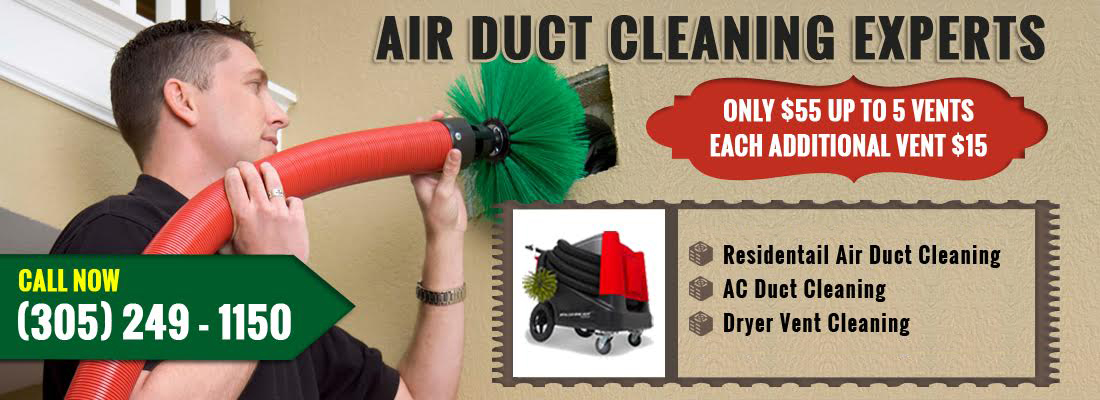How to Test Your Indoor Air Quality
As a homeowner, you have every reason to be curious about your indoor air quality. There are several ways you can test and monitor it so that you can be assured of the environment you are living in.
Before you venture into air quality testing, it is important to look for signs that may point to poor quality air in your home.
If you have conditions such as asthma and chronic allergies, bronchitis, frequent headaches, and colds that seem not to end, chances are your body is experiencing the effects of indoor pollutants. Airborne irritants can be anything from pet dander to mold to gas fumes and other particles that the naked eye can’t see.
There are contaminants that can be very extreme such as asbestos and hazardous chemicals. When you start noticing severe symptoms such as nausea, fever, rash, fatigue, and shortness of breath, make an arrangement for your air to be tested.
Tests You Can Do on Your Own
Not all air quality tests are to be done by a professional. There are those that you can do yourself and get reliable results.
Carbon Monoxide
This is an odorless gas coming from fumes of grills, stoves, fireplaces, and other gas appliances. Carbon monoxide may leak and buildup and in turn poison everyone in the home from pets to people. Installing carbon monoxide detectors can help measure the levels of toxicity and alert you to potential problems. In this way, you and your family can be protected.
Radon
This is the second in line among the leading causes of lung cancer. It is a radioactive gas which occurs whenever uranium breaks down within the soil. It is so swift and it can easily seep into your home and poison you silently.
When you do your testing and find radon levels extremely high, home renovations can help you caulk and seal foundation cracks. This goes a long way in reducing radon exposure. Many home improvement stores have radon tests you can purchase and use to detect this dangerous gas.
Other Indoor Pollutants
Homeowners looking to continuously monitor common pollutants their homes may find Speck a useful solution. This is a device that measures levels of harmful particles over a duration. The results can be used to inspire behavioral change as you reduce contaminants in your house.
With Speck, you can detect fine particles and if there are any changes in contaminate concentration, the device alerts you.
When you begin to experience health symptoms related to bad air or you simply want to be on the safe side, you can enlist the services of a professional HVAC contractor. Because of their training and orientation, indoor air experts know exactly what to look for during the home inspection. They can also play a key role in enhancing the air quality in your home.


Comments
How to Test Your Indoor Air Quality — No Comments
HTML tags allowed in your comment: <a href="" title=""> <abbr title=""> <acronym title=""> <b> <blockquote cite=""> <cite> <code> <del datetime=""> <em> <i> <q cite=""> <s> <strike> <strong>